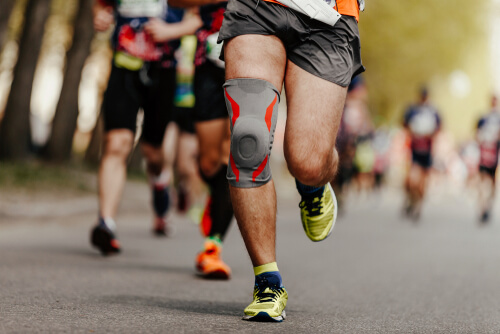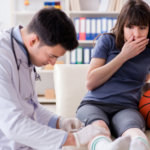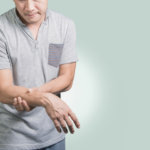
Enthesopathy describes a condition where the ligaments and tendons experience issues with their attachment to bones or joints in the body. Affected individuals typically experience sensations of pain and stiffness when moving the affected joint. Enthesopathy may also limit the range of motion in the joint, causing issues with movements in certain positions.
Patients that experience inflammatory autoimmune disorders, such as rheumatoid arthritis, may feel increases in the pain associated with enthesopathy, heightening the intensity of the attack. The symptoms of enthesopathy are similar to rheumatoid arthritis, in that they cause localized pain in affected joints, or at a specific area near a joint. Pain increases when the patient tries to move; for example, if a patient has enthesopathy in the knee, it may hurt when they tried to walk or climb stairs.
Here are the common causes of the condition. Speak to your doctor about the treatment and management of the disorder.
1. Overuse
Athletes and sportspeople are the highest risk group affected by enthesopathy. Those athletes that train or compete frequently and don’t take the time necessary to recover, experience a condition known as overtraining. In an overtrained state, the athlete is more predisposed to incurring injuries or other disorders, such as enthesopathy.
It’s vital that you take the time necessary to recover and heal from the effects of your training. If you feel sore and stiff, then the last thing you should do is go for another run or hit the weight room of your local gym. Instead, practice stretching and focus on your diet to relieve the stress in the muscular system and joints.
If you are an athlete and you notice the onset of enthesopathy, speak to a physiotherapist. The physio will help you with a strategy to mitigate the effects of the condition and restore the health of the joints ligaments and tendons affected by the disorder. Enthesopathy is not a chronic condition, and it’s possible to reverse its effects in most cases.



